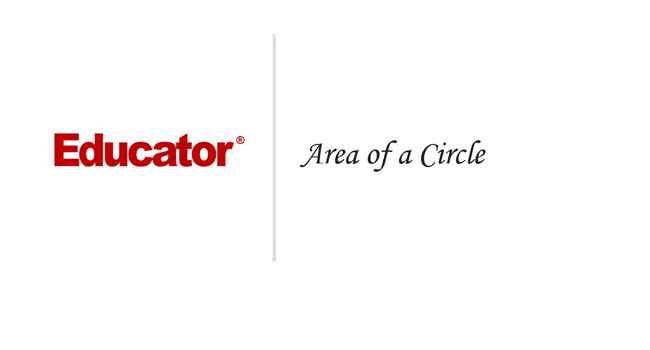Connecting...

This is a quick preview of the lesson. For full access, please Log In or Sign up.
For more information, please see full course syllabus of Basic Math
For more information, please see full course syllabus of Basic Math
Basic Math Area of a Circle
Lecture Description
In this lesson our instructor talks about area of a circle. First, she discusses the equation that is used to find the area of a circle. Then she does an example of finding the area of a circle. Three complete extra example videos round up this lesson.
Bookmark & Share
Embed
Share this knowledge with your friends!
Copy & Paste this embed code into your website’s HTML
Please ensure that your website editor is in text mode when you paste the code.(In Wordpress, the mode button is on the top right corner.)
×
Since this lesson is not free, only the preview will appear on your website.
- - Allow users to view the embedded video in full-size.
Next Lecture
Previous Lecture










































 Answer Engine
Answer Engine



0 answers
Post by Kyan Wang on August 7, 2023
hi
1 answer
Last reply by: DetectivePikachu_ YeetsCheese
Tue Dec 8, 2020 3:35 PM
Post by CW Burnette on February 11, 2013
great job ms.P
2 answers
Last reply by: Mr. Pikachu_ Pikapika
Sat Nov 14, 2020 1:18 PM
Post by Jasmine Valdovinos on August 9, 2011
great lessson!